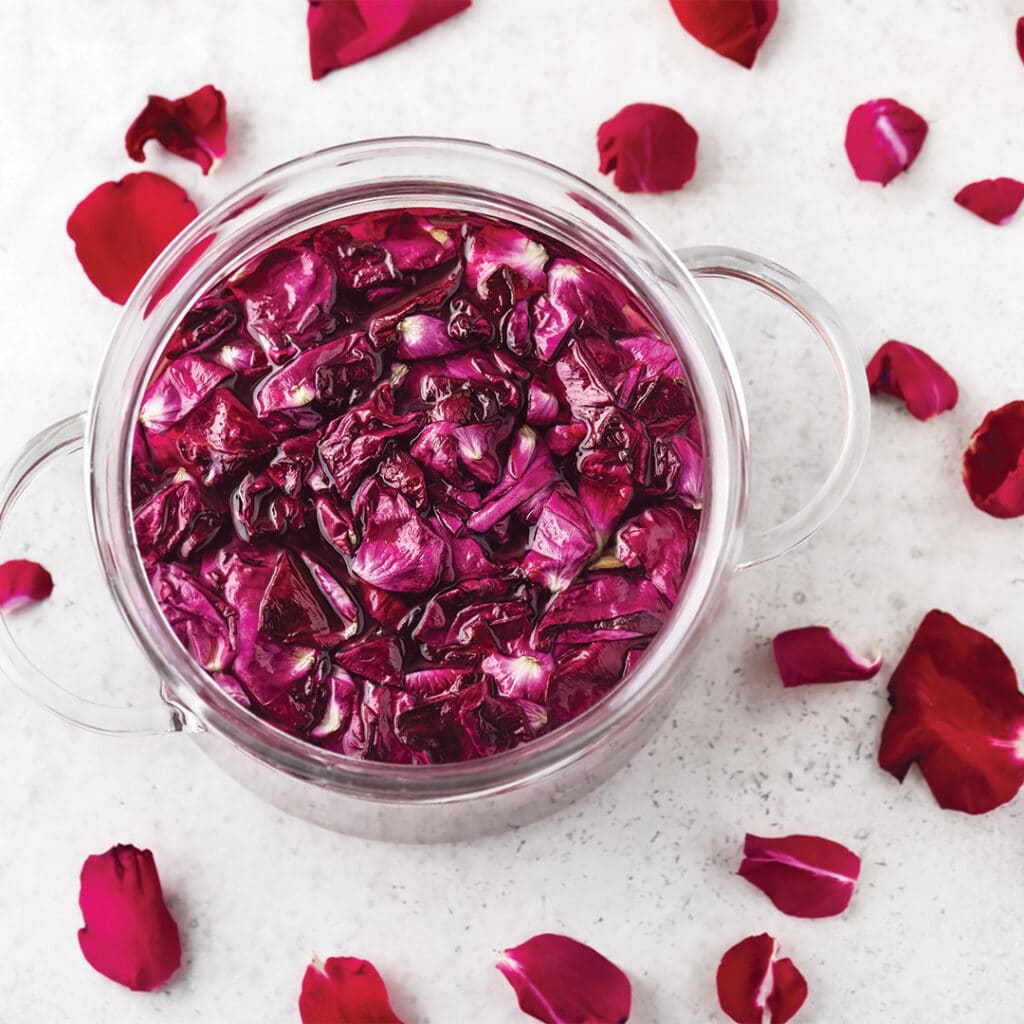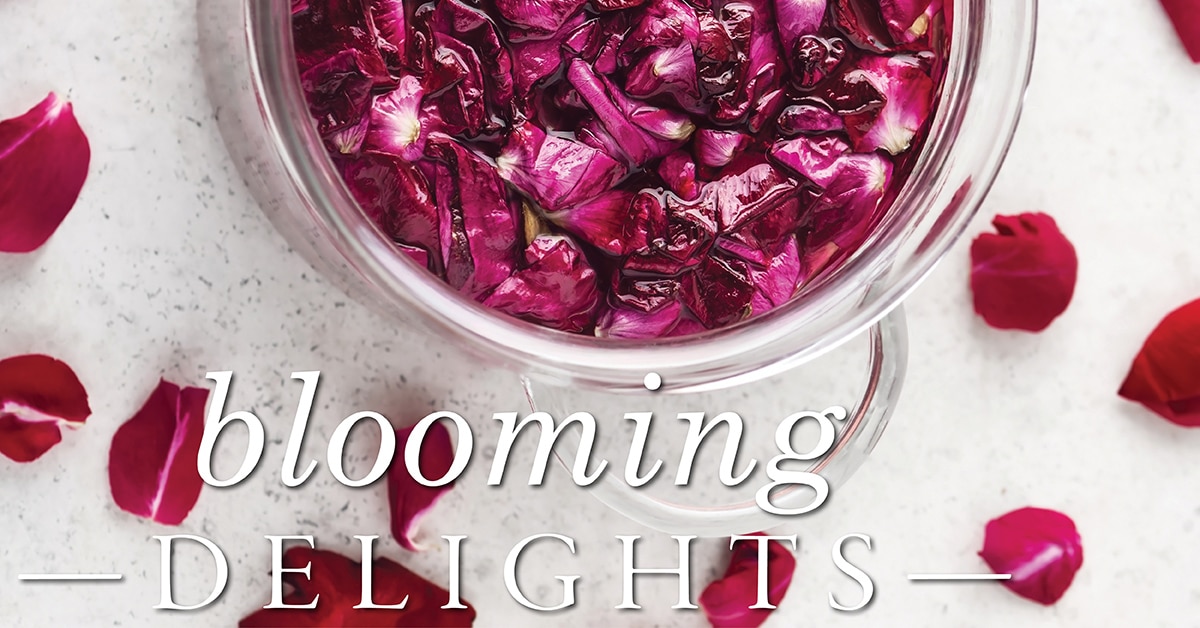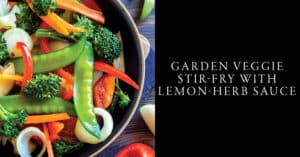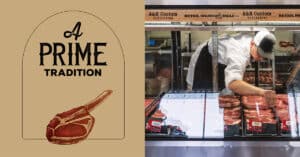Blooming Delights
Pickled Rose Petals…
In the vast expanse of culinary arts, edible flowers have blossomed into a trend that’s as visually stunning as it is tantalizing to the taste buds. These natural beauties are not just for garnishing; they hold a treasure trove of flavors that can transform a simple dish into an extraordinary experience.
When selecting flowers for consumption, it’s crucial to ensure they are edible and free from pesticides. Flowers from florists or garden centers are often treated with chemicals and should be avoided. Instead, source from organic gardens or specialty food stores. As the trend toward edible flowers grows, more traditional grocery stores are beginning to carry them. And the farmers market season is in full swing.
Also, keep in mind that not all flowers are edible; some are poisonous, and proper identification is essential. Not all parts of the flower are edible, and some varietals should be avoided if you are pregnant.
An Ancient Tradition The use of flowers in cooking dates back to ancient civilizations. The first recorded mention of edible flowers was in 140 B.C. Prehistoric remains indicate that flowers were part of the human diet during the Paleolithic Age (roughly 2.5 million years ago to 10,000 B.C.). Romans garnished their feasts with violets, while the Chinese added chrysanthemums to their dishes. In the Middle Ages, rose petals were used to perfume dishes, and the Victorian era saw lavender used in teas and sweets.
Floral Flavors Edible flowers offer a spectrum of flavors. The peppery punch of nasturtiums, the citrusy zing of marigolds, and the subtle sweetness of violets are just a few examples. Hibiscus, chamomile, rose, violet and calendula are commonly used in cooking, baking and beverages.
Each flower brings its unique taste and health benefits, often packed with vitamins and antioxidants.
To prepare, gently soak the flowers in cold water and pat them dry. Some flowers can be eaten whole, while others, like roses, may require the removal of the white base of the petals, which can be bitter.

Grow Your Own The thriftiest way to source edible flowers is to plant them yourself. Harvesting flowers from your own garden is incredibly rewarding and you don’t have to worry about pesticides or other unsafe sprays. Flowers are often the perfect accent that makes a salad or cake extra special. Look for plants at your local nursery or chat with a plant seller at your local farmers market. There are also seed packets available online and at garden centers.
Edible flowers are more than just a decorative element. They are an exploration of flavor, a nod to history and a celebration of nature’s bounty. As we continue to push the boundaries of culinary creativity, let’s not forget to stop and taste the flowers.
This recipe, inspired by Martha Stewart, is so easy that even a (supervised) child can do it. Pickled rose petals have a subtle sweet flavor and are a perfect enhancement to salads. You can also use them as a flavorful and decorative accent to a main course. Or float some in a cocktail for a tasty boost.
Experiment and Enjoy!
Pickled Rose Petals
Yields: 1 cup | Prep Time: 5 minutes | Total Time: 25 minutes
Ingredients
- 1 cup lightly packed rugosa rose petals (about ½ ounce). Important: Make sure the petals have not been sprayed with unsafe chemicals. Gently submerge the petals in cold water and then pat down with paper towels.
- 1 cup white wine vinegar
- 3 T honey
- 2 tsp. coarse salt
Instructions
Step 1: Place rose petals in a nonreactive bowl. Note: Do NOT use aluminum, cast iron
or copper.
Step 2: In a small saucepan, bring vinegar, honey and salt to a simmer, stirring until salt and honey dissolve. Remove from heat and cool for 5 minutes.
Step 3: Pour over rose petals and let cool for about 15 minutes.




